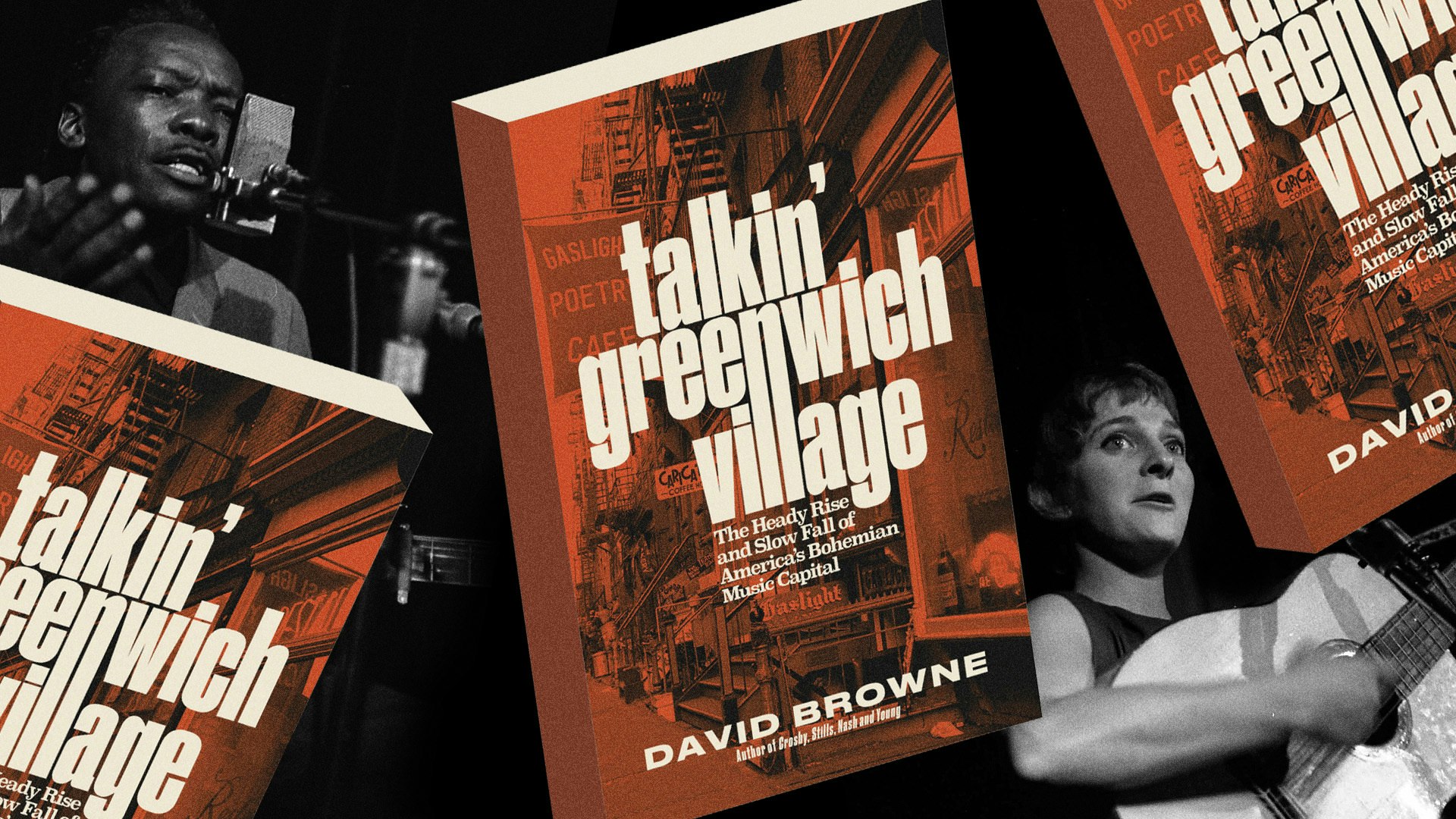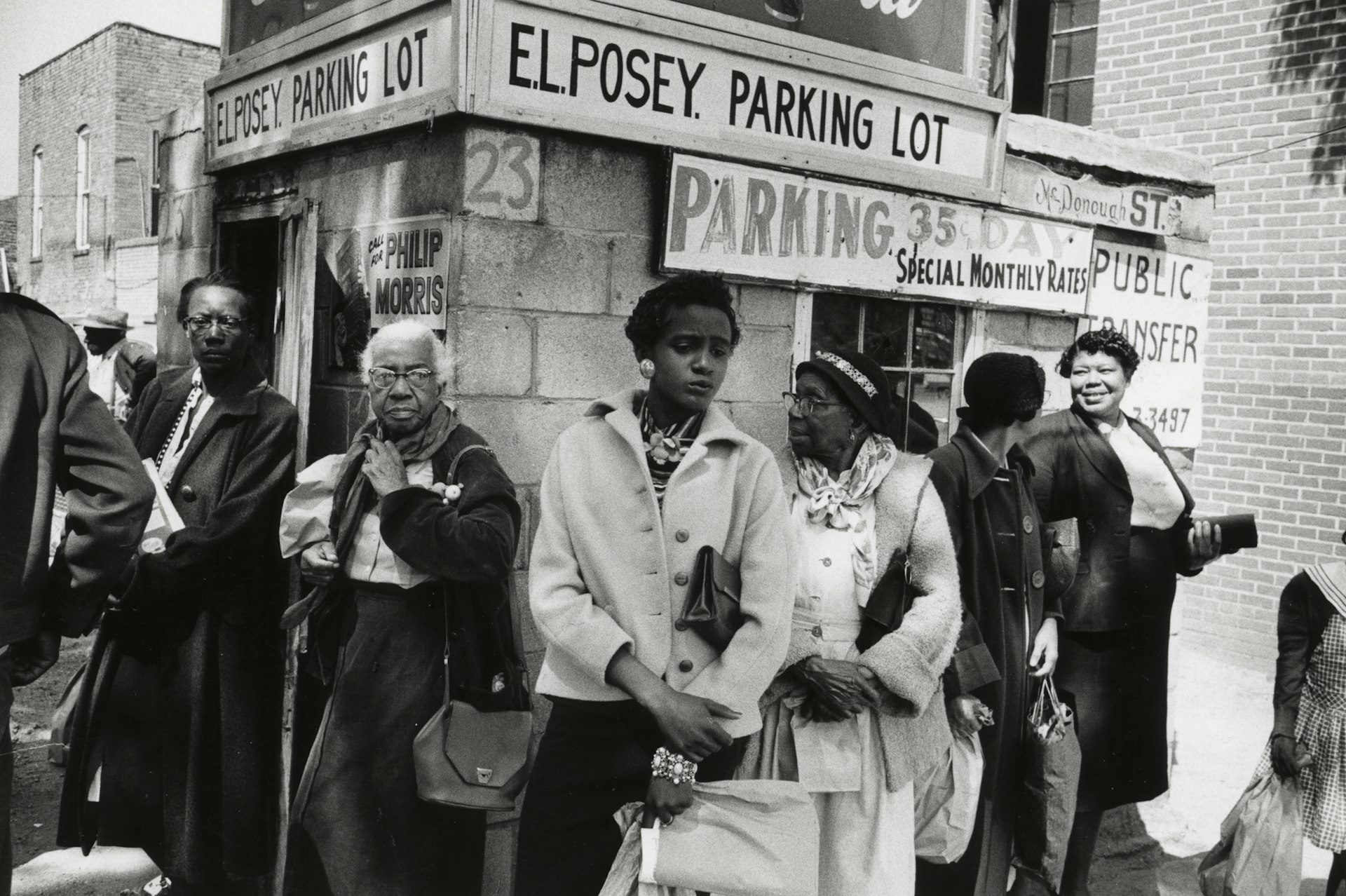Vintage portraits of Illinois students in the 1970s
- Text by Miss Rosen
- Photography by Alan Moss

The year was 1968, a time of massive political and cultural change. After completing his second year of grad school in biochemistry, Alan Moss, then 24, attended the Democratic National Convention in Chicago as an alternate delegate for Eugene McCarthy.
After witnessing the conflict between Vietnam War protestors and the National Guard, Moss had a change of heart. “I lost all interest in spending my time in a lab, shielded from the real world,” he recalls.

Classified 1A (eminently draftable), Moss had one last chance to defer: teach in a distressed school system. He moved to St. Louis, Missouri, to accompany his girlfriend entering a Masters program there. Although Missouri required a teaching certificate, Illinois did not, so Moss secured a position in East St. Louis, located just on the other side of the Mississippi River.
Originally established as a working-class community home to predominantly German immigrants, East St. Louis was abandoned en masse when white residents took flight after the arrival of Black Southerners during the Great Migration.
With the loss of its tax base, the city’s infrastructure fell apart. “Many of the streets were unpaved, buildings crumbled, and poverty reigned,” Moss says. “Families lived in shacks, had no running water, and were totally impoverished. There were few, if any, avenues out.”

Moss taught math at Hughes-Quinn Junior High, home to 1,000 Black students and 110 staff – five of whom, including himself, were white. “I knew nothing about teaching and naively thought I could handle anything,” Moss recalls.
But the situation was dire. “Teachers weren’t there to teach – they were there to ‘keep the peace,’” he says. “The library had few books, all of them aged and irrelevant. The textbooks were torn up and out of date. There were no teaching supplies. None of the students were at or even near grade level. It was a working assumption that these kids couldn’t or didn’t want to learn.”
Moss quickly realised how wrong such assumptions were, engaging the students in lively discussions of algebra. “These kids, who had never really been taught math before, were clamouring to be chosen to go to the board and solve problems,” he recalls.

In 1970, Moss bought a Nikkormat SKR with a 85mm portrait lens and brought it to school to photograph his students. “They loved it,” he says. “As soon as I aimed the camera at them, they stopped whatever they were doing and looked straight into the lens. There was no holding back. They were naturals.”
As fate would have it, Moss’s neighbour worked as a photographer for the Coast Guard, and arranged to have him film developed and printed. “I shared many shots with the students and they loved to see how they looked. This resulted in more students wanting to be photographed,” he says.
For half a century, Moss carried and cherished these images from his youth. Soon after Moss’s daughter suggested he set up an Instagram feed, Black Archives shared his work, which led Moss to reconnect with his students, now parents and grandparents in their own right.






Follow Miss Rosen on Twitter.
Enjoyed this article? Like Huck on Facebook or follow us on Twitter.
Latest on Huck

In the ’60s and ’70s, Greenwich Village was the musical heart of New York
Talkin’ Greenwich Village — Author David Browne’s new book takes readers into the neighbourhood’s creative heyday, where a generation of artists and poets including Bob Dylan, Billie Holliday and Dave Van Ronk cut their teeth.
Written by: Cyna Mirzai

How Labour Activism changed the landscape of post-war USA
American Job — A new exhibition revisits over 70 years of working class solidarity and struggle, its radical legacy, and the central role of photography throughout.
Written by: Miss Rosen

Analogue Appreciation: Emma-Jean Thackray
Weirdo — In an ever more digital, online world, we ask our favourite artists about their most cherished pieces of physical culture. Today, multi-instrumentalist and Brownswood affiliate Emma-Jean Thackray.
Written by: Emma-Jean Thackray

Meet the shop cats of Hong Kong’s Sheung Wan district
Feline good — Traditionally adopted to keep away rats from expensive produce, the feline guardians have become part of the central neighbourhood’s fabric. Erica’s online series captures the local celebrities.
Written by: Isaac Muk

How trans rights activism and sex workers’ solidarity emerged in the ’70s and ’80s
Shoulder to Shoulder — In this extract from writer Jake Hall’s new book, which deep dives into the history of queer activism and coalition, they explore how anti-TERF and anti-SWERF campaigning developed from the same cloth.
Written by: Jake Hall

A behind the scenes look at the atomic wedgie community
Stretched out — Benjamin Fredrickson’s new project and photobook ‘Wedgies’ queers a time-old bullying act by exploring its erotic, extreme potential.
Written by: Isaac Muk